Opinion
Sources of Agriculture Growth
0 0 Google +0 0
 |
Posted on September 20, 2016
How did agriculture perform under Presidents Gloria Macapagal-Arroyo and Benigno S. C. Aquino III? Observers found that rural poverty has not fallen in the past decade.
During 2001-2010 (January-December), agricultural growth averaged 2.8% a year under Arroyo, and fell to 1.4% a year under Aquino.
This article will track the sources of agriculture growth for two periods, 2000-2010 and 2010-2015. The base data will be 2000, 2010, and 2015 at inflation-adjusted values. Caveat: the analysis will not cover spillover effects.
|
RELATED STORIES
 M. A. P. Insights — Rolando T. Dy: “Growing agriculture to reduce poverty: The simple math”
 M. A. P. Insights — Pacita U. Juan: “Women in tech”
 M. A. P. Insights — Pacita U. Juan: “Why go public?”
 M. A. P. Insights — Marife B. Zamora: “Working together to achieve inclusive prosperity”
 M. A. P. Insights — Rolando T. Dy: “Let’s fix our trade statistics”
|
The two periods have highly contrasting characteristics. The Arroyo period was driven by fishery, poultry, and livestock, and very little of crops. There was a massive decline in the contribution of other crops. Whether this is for real or a statistical error is difficult to understand.
The Aquino period was driven principally by crops, poultry, and livestock, and negative for fishery.
ARROYO PERIOD
The sector posted a 2.8% annual growth during the period 2010-2010. The strongest drivers were fishery, palay, poultry, agriculture services and livestock.
While palay contributed 27% to growth, the overall crops subsector was anemic as other crops (e.g. coffee, mango, pineapple) turned in an unbelievably negative contribution of 44%! Banana did well.
AQUINO PERIOD
Agriculture grew at half the rate as Arroyo’s at 1.4% a year. Crops contributed 56% to growth, led by palay, followed by poultry and livestock. Other crops mildly recovered. Corn also gained. Banana, hit by typhoon Pablo and Fusarium fungus, was stagnant. Fishery headed south.
Based on UA&P (University of Asia & the Pacific) staff analysis, the Arroyo administration spent P23.9 billion a year from 2001 to 2010 while Aquino expended more at P67.9 billion a year from 2011 to 2015. Aquino had 2.8 times more budget than Arroyo (see Table 1).

The massive fall in the contribution of other crops is a mystery. It is difficult to explain. In the ASEAN, the expansion of other crops is key to agri-processing and export diversification.
The production data shown in Table 2 for major components do not support a major decline. These crops accounted for 52% by value in 2015 (see Table 2).

Hopefully, under the Duterte administration, new development models will be implemented to grow and diversify agriculture and fishery. Much remains to be done to lower the high rural poverty of close to 40%. Mindanao has a slightly higher poverty incidence of 41%.
A stronger drive and a bolder vision are needed for agriculture to massively contribute to reducing poverty. A mix of resources, political will and good execution are imperative. Developing agriculture is not a “walk in the park.”
The article reflects the personal opinion of the author and does not reflect the official stand of the Management Association of the Philippines or the M.A.P.
Rolando T. Dy is the vice-chair of the M.A.P. AgriBusiness and Countryside Development Committee, and the executive director of the Center for Food and AgriBusiness of the University of Asia & the Pacific.
